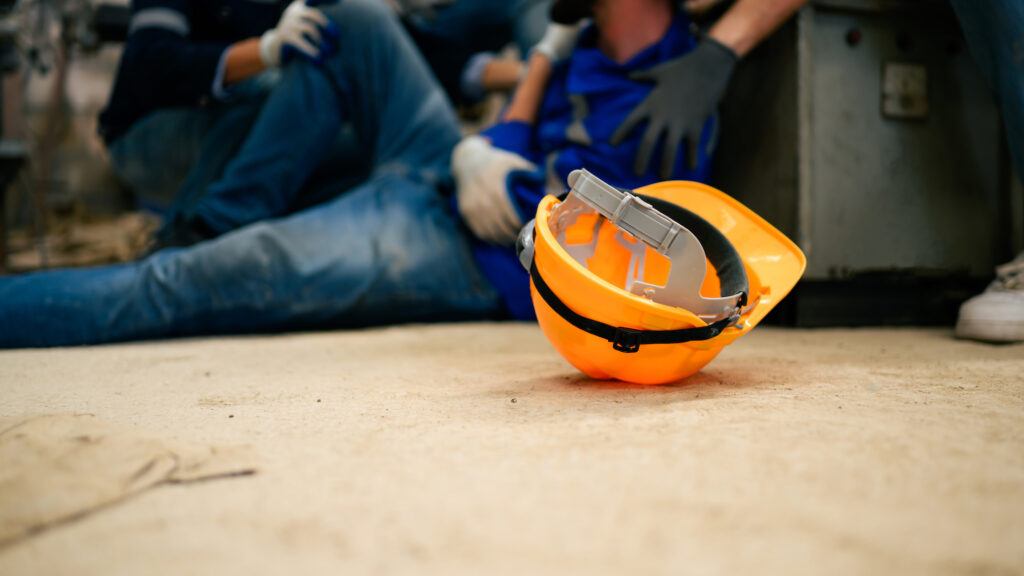
Musculoskeletal disorders, or MSDs, are the most common workplace injury, costing the nation $17 billion a year. Accordingly, the National Safety Council created the MSD Solutions Lab. The lab supports the Council’s three aspects of MSD solutions:
- MSD risk reduction
- innovation and collaboration
- safety culture
Companies were asked to take a pledge to uphold these three elements, and then had the chance to complete a self-evaluation. More than half felt good about their ability to prevent MSDs — 54% rated themselves “very good” or “excellent.”
Are MSDs a problem?
Musculoskeletal disorders (MSDs) are silent but potent threats to the well-being and productivity of the manufacturing workforce. These injuries, affecting muscles, tendons, nerves, and joints, develop gradually over time due to repetitive motions, awkward postures, heavy lifting, and exposure to vibration. In the dynamic world of manufacturing, where efficiency and output reign supreme, MSDs can lurk in the shadows, silently chipping away at workers’ health and the industry’s bottom line.
In spite of the optimism reflected in the self-evaluations mentioned above, MSDs are the leading cause of workplace injuries in the manufacturing sector, accounting for nearly one-third of all reported cases. In the US alone, over 400,000 MSDs are reported annually in manufacturing,translating to billions of dollars in lost productivity and healthcare costs.
Assembly line workers, welders, packers, and machine operators are particularly susceptible due to their exposure to high-risk tasks.
MSDs can cause debilitating pain, fatigue, and restricted movement, impacting workers’ quality of life, sleep, and ability to perform daily tasks. In severe cases, they can lead to permanent disability and early retirement.
The financial burden of MSDs is staggering. Companies grapple with increased healthcare costs,workers’ compensation claims, lost productivity due to absenteeism and presenteeism (working while injured),and high employee turnover.
Causes of MSD Risks in Manufacturing
- Ergonomic Hazards: Improperly designed tools, workstations, and work processes can force workers into awkward postures, leading to muscle strain, tendonitis, and carpal tunnel syndrome.
- Repetitive Work: Performing the same movements over and over again puts immense stress on muscles,tendons, and joints, increasing the risk of MSDs.
- Forceful Exertion: Lifting heavy objects or applying excessive force can lead to sprains, strains, and herniated discs.
- Vibration Exposure: Working with vibrating tools or machinery can cause nerve damage, tingling, and numbness in the hands and arms.
Fortunately, MSDs are preventable. By implementing proactive strategies, manufacturers can create a safer and healthier work environment for their employees:
- Ergonomic Evaluation and Design: Assess workstations, tools, and tasks to identify and eliminate ergonomic hazards. Implement adjustable furniture, proper lifting techniques, and specialized tools to reduce strain on workers’ bodies.
- Job Rotation and Breaks: Regular rotation of tasks and adequate breaks throughout the workday can help prevent muscle fatigue and overuse injuries.
- Employee Training and Education: Educate workers about MSD risks, proper body mechanics, and safe work practices. Empower them to report discomfort and participate in injury prevention programs.
- Engineering Controls: Invest in automation and machinery to reduce the need for manual handling of heavy objects and repetitive tasks.
Technology’s Role in MSD Prevention
This is the “innovation” part of that equation.
- Exoskeletons: These wearable devices can support workers’ bodies and reduce the strain on muscles and joints during physically demanding tasks.
- Smart Sensors and Biofeedback: Wearable sensors can monitor posture, muscle activity, and fatigue levels,providing real-time feedback to workers and promoting safer work practices.
- Virtual Reality Training: Immersive VR simulations can train workers on proper technique and ergonomics in a safe and controlled environment.
Building a Culture of Safety and Wellbeing
Choosing the right technology and identifying and responding to MSD risks are basic requirements for reducing those injuries. However, creating a culture that prioritizes worker safety and well-being is also crucial.
Open communication is key. Encourage employees to report discomfort and concerns without fear of repercussions.
Promote healthy practices through fitness programs, stress management initiatives, and ergonomic consultations. Protecting the health and well-being of your workforce is not just an ethical imperative, but also a sound business decision that leads to increased productivity, reduced costs, and a happier, healthier workforce. Making it clear across the board that your workers’ health is important can make a difference.
Remember, preventing MSDs is not just about protecting individuals, it’s about safeguarding the future of the manufacturing industry itself. By prioritizing worker well-being and implementing effective preventive measures, manufacturers can build a sustainable and thriving future where humans and technology work in harmony, not in pain.
